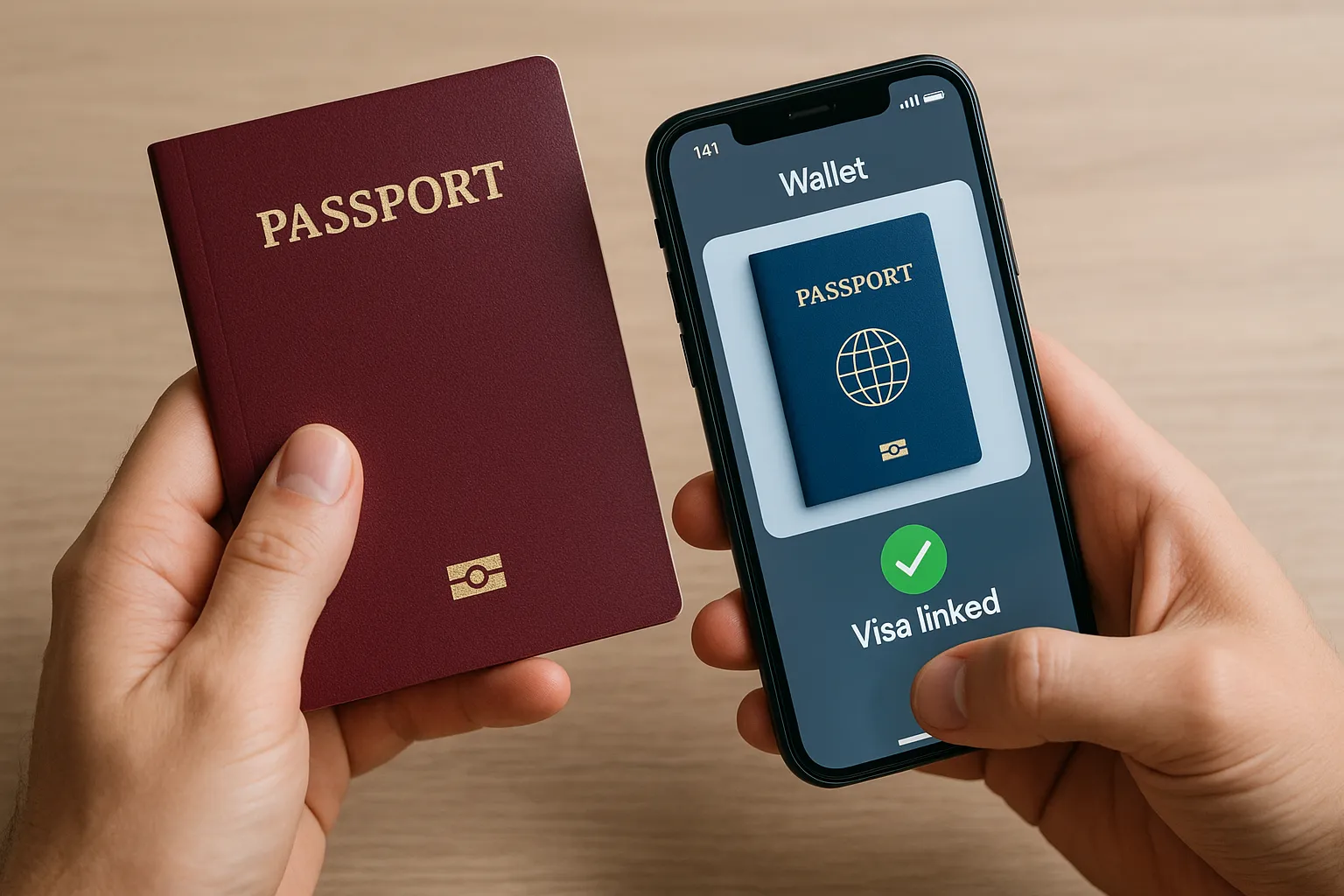Get Your Visa Online: Faster Approval, Fewer Errors

International travel is booming again—UNWTO projects 1.5 billion cross-border trips in 2025—but one thing hasn’t changed: paperwork can still derail a dream vacation. The good news? More than 70 countries now let you get your visa online in minutes instead of queuing at embassies for weeks. Done right, digital applications slash approval times and virtually eliminate costly mistakes that trigger refusals.
In this guide you’ll learn why online visas are faster, how modern platforms catch errors before you click “Submit,” and the simple steps you can take today to speed up approval for your next trip.
Why Traditional Visa Processing Slows You Down
- Static paper forms: You must decipher multi-page PDFs, print them, and re-enter data that already exists in your passport.
- Appointment backlogs: Many consulates schedule interviews 3–6 weeks out, especially before peak travel seasons.
- Manual data entry: Officers re-type handwritten answers, introducing transcription mistakes that can delay decisions.
- Courier delays: Mailing passports back and forth adds days—and sometimes nerves—if tracking info goes missing.
A 2024 World Bank study found that manual applications average 18 calendar days longer than comparable e-visa submissions.¹ That’s almost three weeks of unnecessary waiting.
How Online Visa Systems Accelerate Approval
Digital visas (often called e-visas or electronic travel authorizations) move every step of the workflow to the cloud:
- Real-time data validation stops typos (e.g., passport number check-digits).
- Automated security screening runs instant database checks against watch-lists.
- E-payments confirm fees in seconds—no bank drafts or cashiers’ checks.
- Instant delivery sends an approval PDF straight to your inbox and to airline systems like IATA Timatic.
According to Australia’s Department of Home Affairs, 90 % of Electronic Travel Authority (ETA) requests are “decisioned” within 12 hours.² Similar figures apply to India, Kenya, and Türkiye.

Manual vs. Online: Error Prevention Showdown
| Stage | Paper/Embassy Process | Online Visa Platform |
|---|---|---|
| Personal data entry | Handwritten or typed once, no live checks | Auto-validates names, dates, MRZ codes in real time |
| Photo compliance | Applicant guesses size/background rules | Cropping tool and AI quality scan |
| Required docs | Static checklist, easy to overlook | Dynamic list updates by nationality, purpose, dates |
| Fee payment | Bank draft / cash; amounts vary by currency | Secure card/Apple Pay with instant receipt |
| Status updates | Phone calls or email inquiries | Live dashboard + push/email alerts |
The result? Far fewer refusals. Indian e-visa authorities report a 2.3 % rejection rate for online submissions vs. 7 % for paper tourist visas (2023).³
Smart Platforms Catch Mistakes Before Officials See Them
Modern providers such as SimpleVisa embed additional safeguards:
- OCR passport scanning fills fields automatically, eliminating keystroke errors.
- Conditional logic hides irrelevant questions (business invite letters, for example) so applicants skip nothing vital.
- Built-in translation turns official forms into 30+ languages while storing answers in the government’s preferred language.
- Real-time photo booth uses your webcam and ISO 19794 algorithms to flag glare or improper background before upload.
Travel brands that embed these tools in their booking flow see dramatic results. After integrating SimpleVisa’s white-label widget, a mid-size OTA reported:
- 74 % drop in incomplete visa forms.
- Average approval time reduced from 96 hours to 30 hours.
- +8 % lift in overall trip conversion—because customers felt confident they could enter the country.
(For a technical walkthrough, see How to Offer White-Label Visa Services Without Writing Code.)
7 Tips for Faster, Error-Free Online Visa Approval
- Apply during off-peak hours (mid-week, GMT 02:00–06:00) when fewer users swamp government servers.
- Scan your passport in color at 300 dpi; blurry photos trigger manual reviews.
- Use the same name order found in your passport’s machine-readable zone (MRZ) to avoid mismatch flags.
- Upload multi-page PDFs as a single file—separate uploads sometimes overwrite each other.
- Pay with a 3-D Secure–enabled card to stop payment failures that reset your application clock.
- Double-check travel dates against visa validity windows; some systems won’t let you board earlier than the start date printed on the e-visa.
- Track status actively via SMS/email alerts so you can respond instantly to document requests.
Need more pro advice? Bookmark 10 Tips for a Smooth Electronic Visa Application Process.
Beyond 2025: What’s Next for Digital Visas?
- Biometric reuse: EU’s Entry/Exit System will store fingerprints/facial templates for future visits, reducing repeated scans.
- One-click renewals: APIs already let approved travelers refresh documents by updating trip dates—no fresh uploads required.
- Borderless digital wallets: ICAO is testing a globally accepted Digital Travel Credential that could merge passport and visa into a single QR code.
Staying current matters; outdated processes risk refusal or denied boarding. SimpleVisa’s rule engine syncs with 1,900+ government updates yearly, so travelers and the agencies serving them never miss a policy change.

Frequently Asked Questions
Is an online visa the same as an eTA? No. An e-visa usually permits longer stays and may require more documentation; an Electronic Travel Authorization is a lighter pre-screening for visa-exempt nationals. See our comparison guide 5 Key Differences Between Electronic Visas and eTAs.
How early should I apply? Even with fast processing, submit at least one week before departure. Some countries allow applications up to 90 days in advance; check the official window.
Do I need to print my e-visa? Most airlines accept digital copies, but a few immigration desks still ask for a printout. When in doubt, carry both. Details here: Do You Need to Print an Electronic Visa?
What if I make a mistake after submitting? Many systems let you withdraw and reapply without extra fees within 24 hours. If not, contact support immediately; SimpleVisa’s help team can escalate urgent corrections where allowed.
Ready to Travel Smarter?
Whether you’re flying last-minute to Sydney or planning a family reunion in Nairobi, getting your visa online is the fastest, safest route. SimpleVisa powers over 400 travel sites with instant eligibility checks, guided forms, and a 97 % approval rate—so you can focus on the journey, not the paperwork.
Visit SimpleVisa.com to start your application or ask your favorite airline or OTA if they’ve added SimpleVisa at checkout.
Travel made simple—just the way it should be.
¹ World Bank, Digitizing Border Administration, 2024.
² Australian Department of Home Affairs, ETA Processing Statistics, March 2025.
³ India BoI e-Visa Dashboard, Annual Report 2023.